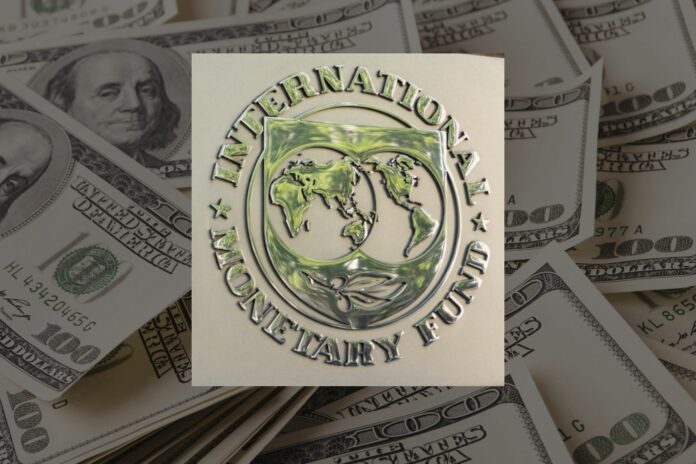The Executive Board of the International Monetary Fund (IMF) has concluded its review of charges and the surcharge policy and has bared significant reforms aimed at reducing borrowing costs for member countries like the Philippines.
In a statement, IMF managing director Kristalina Georgieva emphasized the importance of these changes in a time of high interest rates and economic uncertainty.
“Our membership has reached consensus on a comprehensive package that substantially reduces the cost of borrowing, while safeguarding the IMF’s financial capacity to support countries in need,” Georgieva said.
The approved measures are expected to lower borrowing costs for IMF members by 36 percent, translating to approximately USD1.2 billion in annual savings. The number of countries subject to surcharges in fiscal year 2026 is projected to decrease from 20 to 13.
Key changes include reducing the margin over the Special Drawing Rights (SDR) interest rate, raising the threshold for level-based surcharges, lowering time-based surcharge rates, and increasing commitment fee thresholds. This reform package will come into effect starting 1 November 2024.
IMF loans are charged a basic rate equal to the SDR interest rate plus a margin changed every two years by the IMF executive board. The SDR is a basket of currencies that serves as its currency.
Despite the reduction, Georgieva affirmed that charges and surcharges remain vital components of the IMF’s cooperative lending and risk management framework. “While substantially lowered, charges and surcharges cover lending intermediation expenses, help accumulate reserves to protect against financial risks, and provide incentives for prudent borrowing,” she explained.
Georgieva concluded, “This provides a strong financial foundation that allows the IMF to extend vital balance of payments support on affordable terms to member countries when they need it most. This reform helps ensure that the IMF can continue serving our members in a changing world.”
These adjustments signal the IMF’s commitment to adapt its policies in response to the evolving economic landscape while maintaining its essential role in global financial stability.
Until the 2000s, a decades-long series of balance of payments (BOP) shortfalls forced the Philippines to enrol under IMF loan programs that extracted reforms such as the imposition of the value-added tax (VAT) supported by then Senator and now Finance secretary Ralph Recto in exchange for IMF financing.
While understandably unpopular, such reforms and many other measures like it allowed the Philippines under then President Joseph Estrada to contribute more to the Fund than it took from it in 2000. The Philippines finally emerged debt-free in December 2006 when it paid the IMF the final USD220 million obligation 17 months ahead of schedule.
Six years later, in January 2022, the country’s sovereign-issued bonds were elevated from junk status to investment grade first by Fitch Ratings.







